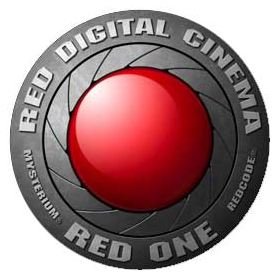Film Video Lighting: Cinematography Tutorial Primer
Lighting and Cinematography
Cinematography is really built on the lighting. The two formats work together in concert, bringing in the vision of the Director of Photography with the grip and gaffer departments. When you are developing cinematography, you have a lot of different elements to bring together that allows you to build an image in front of the camera before event adjusting. This is true on both newer HD formats and more traditional film ones. When you are looking at different film video lighting cinematography tutorials online, you will find that many take broader looks at cinematography as a whole. What you may need from a cinematography tutorial is a more specific look at what is there. Here are some of the noteworthy tutorial options which explore different aspects of the unity between lighting and cinematography.
Digital Video Cinematography
Cinematography has developed from the days of film cameras and traditional film, and even this has its roots in photography, paintings, and
other forms of the arts. Digital video cinematography is a little more specific to the new formats, bringing in the classic elements of cinematography and curtailing it to the benefits and limitations of digital video. This stands out among film video lighting cinematography tutorials since digital video cinematography is the base level from which the new standard has emerged, from DSLRs to cameras like the RED and the Arri Alexa.
Green Screen Cinematography
One of the most important film video lighting cinematography tutorials to look up are those dealing with green screen cinematography, since these are very specific about the functionality of lighting and cinematography principles. In green screen cinematography you have to position the lights and camera in a way that will allow the screen to come out clearly, keep the objects in front in good consistency with the artificial background, and able to be used later for compositing in programs like Apple Shake or Adobe After Effects.
Three and Four Point Lighting
Lighting set ups come from more than one school of thought, but in general there are a few basic set up patters that people go to when they are looking through tutorials. The most basic of these is the three point lighting set up, which positions three primary lights on the subject. This means that there will be a sharp key light on one side of the face, a softer fill light on the other, and an “edge” light hitting them in the back of the head.
The four point lighting set up builds on the three point lighting, where it adds a background light to illuminate the background of the subject. Even in the three and four point lighting you can manipulate the position of the lights. In most actual lighting situations people consider the way that this set up will cut out a subject, yet build away from it to fit their own specific needs and limitations.
Cinematography for Beginners
For those who are starting out, complicated cinematography tutorials are not going to be of much help. Instead, they will need a guide to cinematography for beginners that will outlining the basic uses of light, how to frame a camera, and how to record basic scenes. The guides that outline cinematography for beginners may end up branching out, even including Cinematography 101 that bring in technical pointers and ideas for actually working on set.
When you are filming, you are going to find that cinematography differs from still photography in one key place: movement. Learning how to employ cinematography and lighting for moving objects is important since position changes often mean complicated lighting patters, the use of focus marks, and the specific choreography of the movement you are trying. This can often take years to master, but a good film video lighting cinematography tutorial is a great way to get started.
References
Source: author’s own experience.
Photo: www.red.com.
